Danielle Chambaraud has been cultivating asparagus for 35 years in the north of the Gironde department, on about 12 hectares today. A long history that has recently taken another turn since for a few years now, the production is sold under the PGI Asparagus du Blayais. “We fully participated in the set-up of the PGI, which was obtained in 2015,” explains the president of the Asparagus du Blayais association.
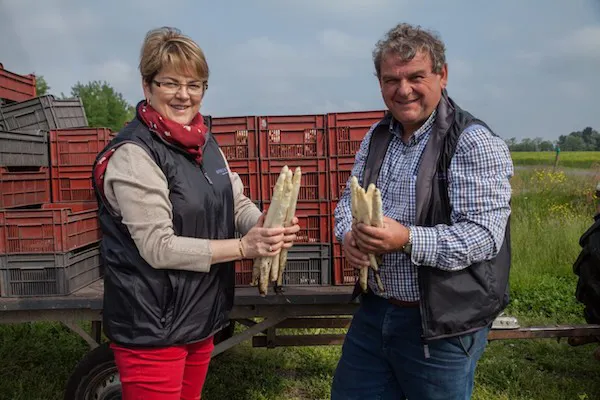
The PGI enhances the reputation of the asparagus du Blayais
“The PGI Asparagus du Blayais embodies a real identity, that of a sweet asparagus, devoid of bitterness and not stringy. This asparagus was already known and popular, but obtaining the PGI has made it even more attractive and it has accentuated the interest that people have in it. We were in a rather narrow spectrum and the PGI has allowed us to put in place communication tools, which have boosted the demand even more. Many chefs have contacted us to taste it, and new buyers have started to become interested. The PGI has created a real dynamic around the product.”
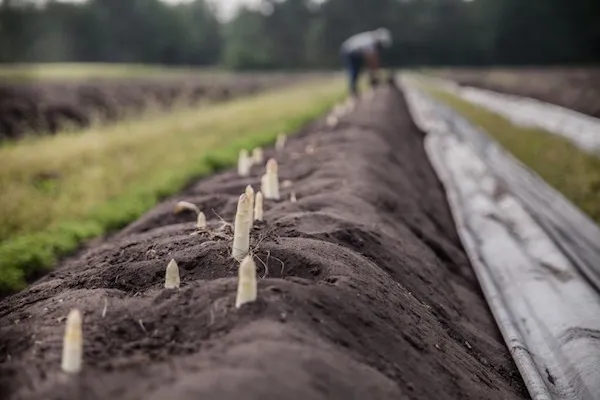
Valuation remains difficult due to overproduction
The PGI has brought added value to the asparagus du Blayais in terms of reputation, but its valuation depends mainly on the state of the market. “In years of overproduction, if there is no market, there can be no fair valuation of the asparagus, even if it is distinguished by a quality label. Valuation remains difficult, although I always try to keep a difference in price between the PGI asparagus and the other ones.”
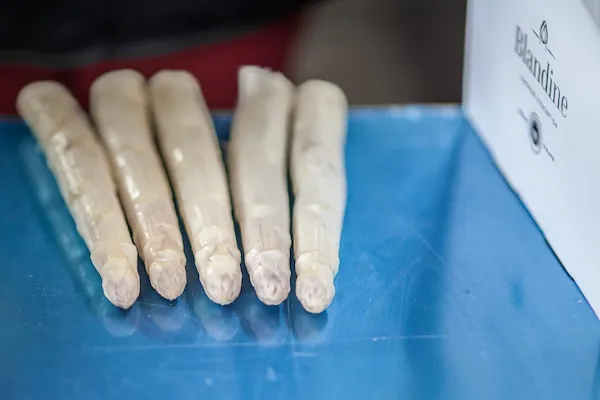
Blandine: the premium brand for gourmet restaurants
Danielle Chambaraud sells 70% of her production under the PGI. The best first category asparagus are sold under the premium brand “Blandine”. White or purple asparagus are subject to very selective sorting since they are destined for gourmet restaurants. “These are really our most beautiful asparagus. They are perfectly regular, have no defects and have a tight closed tip.”
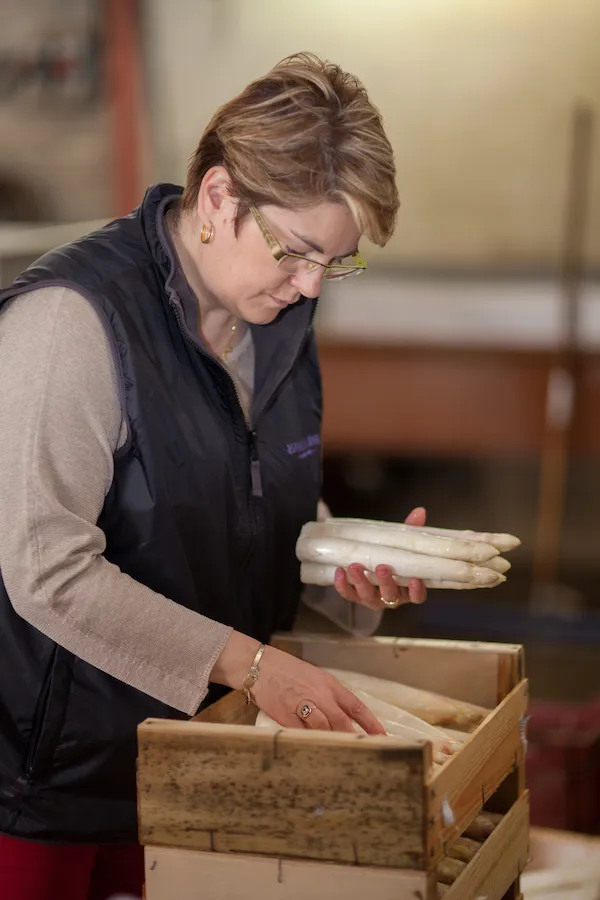
28 producers over 200 hectares
Today, the PGI Asparagus du Blayais brings together 28 authorized producers who grow their asparagus on a total of 200 hectares. “The specifications are relatively simple. The crops must be in the designated production area, which has a soil composed of over 70% sand, and plant varieties that are listed in the specifications. At harvest time, there is a time limit that must not be exceeded between arrival at the workshop and packaging in order to guarantee optimal freshness.”
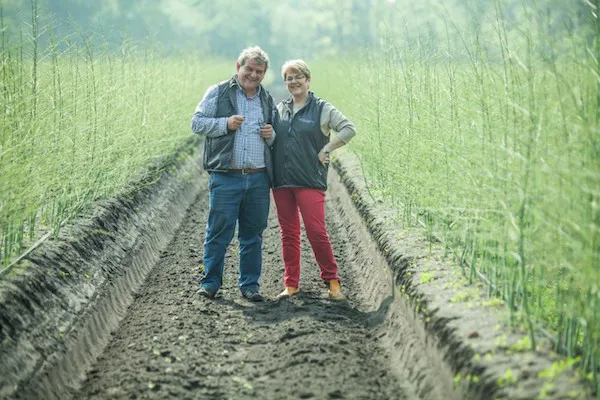
For more information:
Danielle Chambaraud
Association IGP Asperges du Blayais
[email protected]










